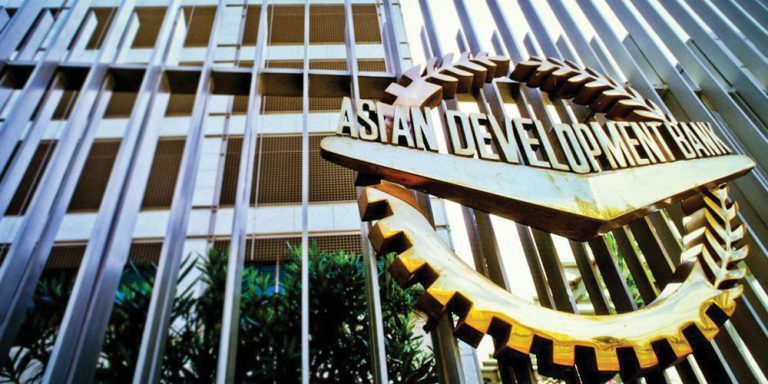
The Asian Development Bank (ADB) published its estimates about the economic growth of Nepal for 2022/23 on Wednesday keeping the numbers at 4.7 per cent.
This is much lower than the government’s growth target of 8 per cent announced through the budget of the current year at the end of May.
“Nepal’s economy is estimated to modestly expand by 4.7 per cent (at market prices) in fiscal year 2023, down from an estimated growth of 5.8 per cent in FY2022,” informed the Asian Development Outlook 2022, an economic publication of the ADB.
In the last fiscal year, Nepal’s economy was projected to grow by 5.84 per cent against the initial government estimates of 7 per cent. Failure to mobilse the capital budget and low development spending, growing prices of capital goods in the international market and post-pandemic business revival created liquidity crunch as well as the external sector pressure in the economy in the last fiscal.
That year, growth remained low while inflation was high.
The ADB maintained that the Gross Domestic Product (GDP) growth is forecast to be moderate largely reflecting the tight monetary policy for the current year, necessary to stem the rise in imports, a marked decline in foreign exchange reserves, and inflationary pressure.
“Downside risks to growth may arise from further stringent measures by the authorities that may be necessary to curb import, which will depress domestic production and consumption, adversely affecting growth,” said ADB Country Director for Nepal, Arnaud Cauchois.
He also stated that a resurgence of COVID-19 infections leading to lockdown measures, intensification of dengue fever straining the fragile health system, disasters triggered by natural hazards, and geopolitical turmoil may further dampen growth prospects.
The update highlights that agriculture growth will likely be boosted owing to a normal monsoon, but the ongoing fertilizer shortages may adversely affect paddy production. Industry is expected to grow on increased generation of hydroelectricity and capacity utilization of industries. The report also notes that services growth will likely be moderate owing to a slowdown in real estate, wholesale, and retail trade activities, induced by credit control measures and hike in interest rates.
“But provincial and federal level elections scheduled in November 2022 will stimulate spending supporting GDP growth,” said the multilateral donor. According to it, the government’s fiscal policy reflected in the budget speech for 2022/23 is somewhat expansionary, focused on strengthening agriculture, industry, infrastructure, and social protection. Monetary policy is contractionary, aimed at curbing high credit growth to contain domestic demand, escalating prices, and rising imports.
The country’s inflation will likely marginally decline to 6.1 per cent in FY 2022/23 from 6.3 per cent in 2021/22, restrained by tight monetary policy, a normal harvest, somewhat subdued oil prices, and a modest inflation decline in India.
Likewise, the ADB said that the current account deficit is estimated to narrow to 8.1 per cent of GDP in FY2023 owing to a moderation in merchandise imports amidst stable remittance inflows. “Out-migration for foreign employment has picked up, exceeding the pre-pandemic level of FY2019. Imports related to COVID-19 will have substantially decreased and falling oil prices will help lower import bill for Nepal,” read the report.
Source : TRN,





